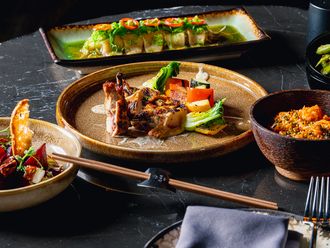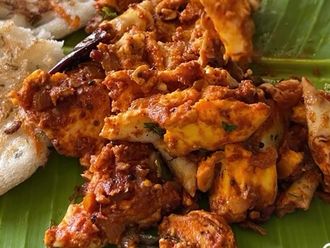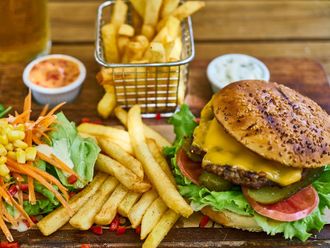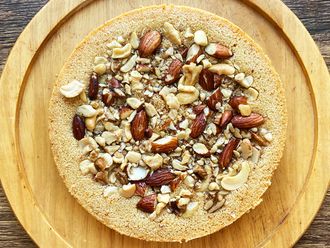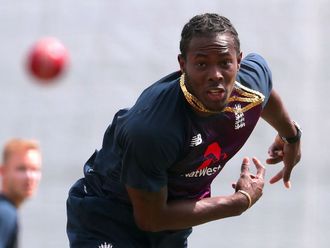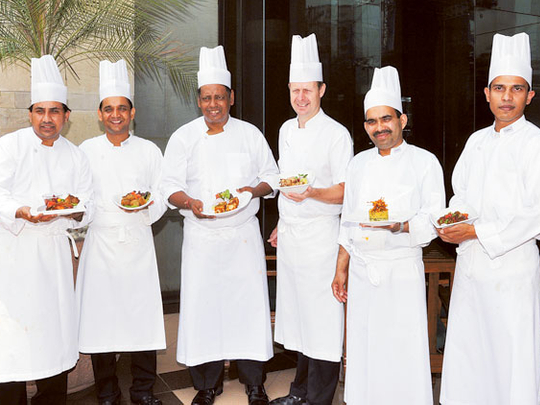
Kolkata: Sixty-six years post-independence, the Brits are back in India with their old trick of trying to sell to Indians what is essentially theirs. In the 19th century, then as British colony, India used to export cotton and Great Britain manufactured the cloth and sold it back to India.
This time, the Brits have taken the same model, but the traded commodity here is the British Curry.
A team of six leading British chefs including Michelin star chef Dominic Chapman has travelled to this eastern metropolis, aiming to recreate an exclusive selection of dishes, which they believe is authentically theirs.
The team, which is hard at work in Hyatt Regency Kolkata, is a part of the ‘Taste of Britain Curry Festival’ producing as many as 70 dishes including the all-time favourites like Chicken Tikka Masala, Lamb chops with plum, jalfrezi, balti and Bengal Lancers shrimp curry.
Curry, which originated in India, has become one of the most traded currencies in the culinary world, giving the ubiquitous Pizza a worthy competition. Over years, each country has mastered and evolved its own version where the British after mastering fish and chips have contributed the most creating dishes like chicken Kiev or the ever popular chicken Tikka Masala.
Karee raisu (curry rice) is one of Japan’s most popular foods. Samoans make a Polynesian curry using canned fish and corned beef. In New York, several restaurants on the stretch of Lexington Avenue, known jokingly as Curry Hill, do a brisk business selling kosher curries. Now, even the Chinese have their own version of curry which includes the noodles.
The British have a long-standing love-affair with curry dating back to 1809 when the first Indian restaurant opened in London. Presently there are now more than 12,000 Indian restaurants all over England, serving 2.5 million customers a week, generating revenue of £3.2 billion (Dh 18.236 billion) a year.
However, the evolution of the coveted British Curry has not only the flavors of India but also of Nepal, Bangladesh, Pakistan and Sri Lanka.
The vast majority of the restaurant’s in England have been so carelessly being categorised by the British as ‘Indian’ are in fact run by Bangladeshi families who have migrated into the island country in the late 1940’s, which also in some way to explains the distinctive style of the food served in British curry restaurants.
“Curry is a catch-all term phrase like shorthand for India food. There is no proper definition for British Curry, but it is loved by Britishers. Hope people here loves it too,” explained Syed Belal Ahmad, Editor of Curry Life Magazine and Director of the Festival, which is now in its 10th year of publication and had an enthusiastic reception in countries like US, Bangladesh, Malaysia, Spain, UAE and several Eastern European countries.
“The British Curry is basically a concoction of north India and East Indian flavors, with a dash of Maharastrian and Goan cuisine. If you look at the most popular India dishes in England, apart from Chicken Tikka masala, it would be the Vindaloo essential a Goan dish,” said Chapman.
“Cuisine is like a language which has to evolve overtime or else will die a natural death. The festival this time is about creating a partnership and learning from each other. our idea is fly the British culinary flag high and at the same time learn from our Indian counterparts as to how we evolve this culinary tradition that has withstood the test of time,” added Chapman.
But comparing between an authentic Indian curry to that of its British version lies in the fact that its recipes are much healthier, milder, creamier using more herbs than spices, said Partha Chatterjee, consulting chef for Curry Life Magazine, who has spent 17-years in a five-star hotel in the city and now works in Oxford.
“These are curries and pilaus made with coriander seeds, salt, peppercorns and lemon juice. The usage of spice is also different as the British didn’t really get the idea of frying the spices in oil before adding the vegetables or meat,” clarified Chatterjee.




